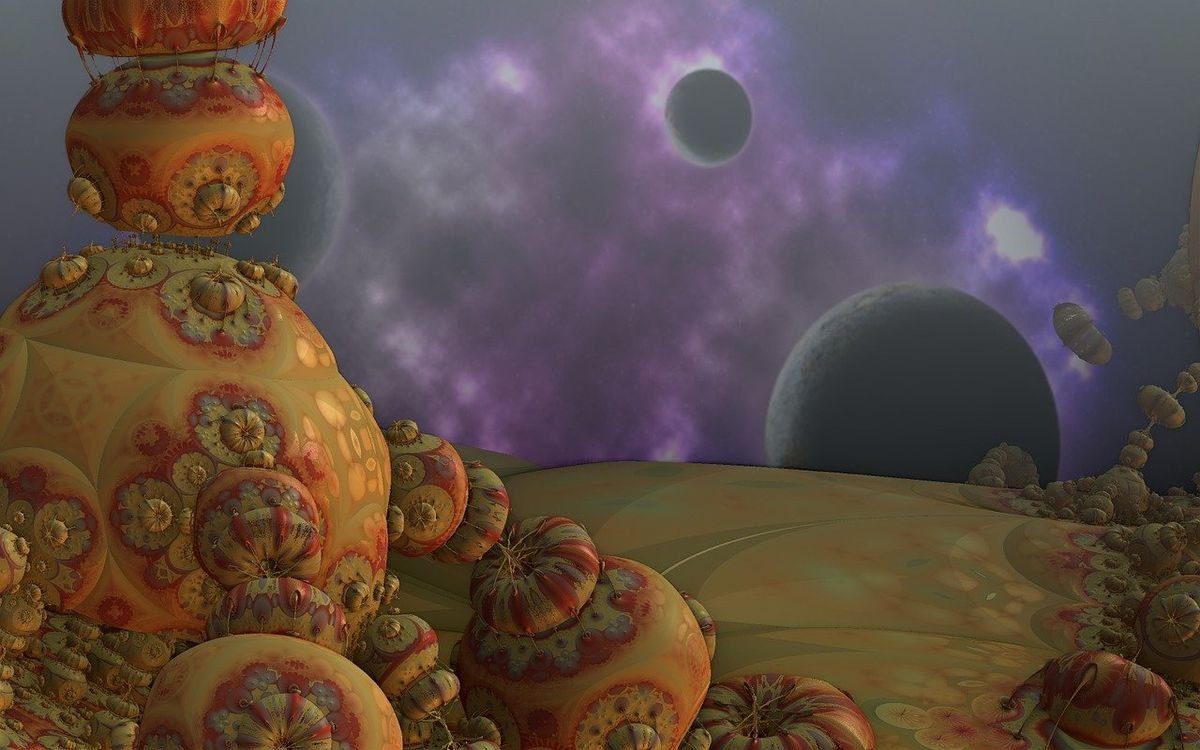The search for extraterrestrial life has captivated the imagination of scientists and the general public alike for decades.
Despite the many advances that we have made in our understanding of the universe and the technologies that we continue to develop to explore it, we have yet to discover any definitive evidence of life beyond Earth. This has led many people to ask. — why haven’t we found aliens yet?
It is impossible to say with certainty whether there is life outside of Earth. The search for extraterrestrial life is a major focus of scientific research, and while we have not yet discovered any definitive evidence of life beyond our planet, it is certainly possible that there could be other forms of life out there.
The universe is extremely vast and contains an almost unimaginable number of planets and other celestial bodies.
Many of these planets are located in the so-called “habitable zone” of their respective stars, which means that they are in the right location to potentially support life. In addition, there is growing evidence that many of these planets may have water, which is essential for life as we know it.
As we learn more about life forms and explore them in extreme environments, we learn about the resilience of life forms to exist in environments that are so hostile that we previously believed life can’t exist in them.
There are many examples of life existing in extreme environments on Earth. For example, some species of bacteria are able to survive in very hot or cold temperatures, high levels of radiation, and other extreme conditions.
These bacteria are known as extremophiles, and they are able to thrive in environments that would be inhospitable to most other forms of life.
One example of an extremophile is the bacterium Deinococcus Radiodurans, which is able to survive extreme levels of radiation. This bacterium is commonly found in soil and water, and it is able to repair its DNA quickly after exposure to radiation. This allows it to survive in environments that would be lethal to most other forms of life.
Another example of an extremophile is the bacterium Thermococcus Gammatolerans, which is able to survive in extremely hot environments. This bacterium is typically found in deep-sea hydrothermal vents, where it is able to thrive in temperatures of up to 113 degrees Celsius.
This is an environment that would be inhospitable to most other forms of life, but the Thermococcus Gammatolerans are able to survive and reproduce in these conditions.
These new discoveries have made the possibility of life forms existing on other planets that may not still hold the ideal environment for life to flourish, exponentially more feasible. Then there is the famous Fermi paradox.
The Fermi paradox is a thought experiment that was developed by physicist Enrico Fermi to explore the apparent contradiction between the high probability of extraterrestrial life existing and the lack of evidence for such life.
The paradox is based on the idea that the universe is very old and contains a vast number of stars and planets, many of which are likely to be conducive to the development of life. Given the vast number of potential habitats for life, it would seem logical to expect that there should be other intelligent civilizations out there.
The Fermi paradox raises important questions about the likelihood of life existing on other planets and the challenges of detecting and communicating with other civilizations.
It also highlights the limitations of our current understanding of the universe and the ways in which we search for extraterrestrial life. While the paradox remains a topic of debate among scientists and researchers, it continues to inspire new thinking and research in the search for life beyond Earth.
Given that the scientific consensus on the possibility of life on other planets is that it is a distinct possibility, there are several possible reasons why we have not yet discovered extraterrestrial life. One of the most significant factors is the vastness of the universe.
Vastness of the universe
Even with our most powerful telescopes and other instruments, we can only see a small fraction of the universe.
This means that there may be many planets and other celestial bodies that we have not yet detected, and it is possible that some of these could be home to extraterrestrial life.
Extraterrestrial life existing in a form that we wouldn’t recognize
Another factor to consider is the likelihood of extraterrestrial life existing in a form that we would recognize.
While it is certainly possible that there could be other forms of life out there, it is also possible that they may be so different from anything that we are familiar with that we would not be able to detect them.
For example, life on other planets may be based on entirely different chemical processes, or it may exist in a completely different form, such as a gas or a liquid.
Other example could be water. While water is considered to be essential for life as we know it, it is possible that there could be other forms of life that do not require water.
These forms of life, if they exist, would be based on different chemical processes and would be able to survive in environments that are inhospitable to life as we know it.
One example of a potential alternative to water as a solvent for life is ammonia. Like water, ammonia is a liquid at temperatures that are common on Earth, and it is capable of dissolving a wide range of substances.
It also has a high specific heat, which means that it takes a lot of energy to heat it up or cool it down. These properties make ammonia a potential candidate for supporting life.
Another potential alternative to water as a solvent for life is hydrogen peroxide. Like water, hydrogen peroxide is a liquid at temperatures that are common on Earth, and it is capable of dissolving a wide range of substances.
It also has a high specific heat, which means that it takes a lot of energy to heat it up or cool it down. These properties make hydrogen peroxide a potential candidate for supporting life.
The Challenge of Communication
In addition to these factors, there is also the question of how likely it is that extraterrestrial life would be capable of communicating with us.
Even if we were able to detect the presence of life on another planet, it is not clear that we would be able to establish any kind of meaningful communication with it.
This is because the technological and cognitive capabilities of extraterrestrial life could be vastly different from our own.
We may have already encountered aliens but can’t recognize it
Of course, it is also probable that we have already encountered extraterrestrial life and simply failed to recognize it. There are many theories and claims of UFO sightings and other supposed encounters with aliens, but these have not yet been confirmed by scientific evidence.
If these claims are true, then it is possible that we are not as alone in the universe as we thought.
The limited scope of our search
We know only five per cent of the universe. The remaining 95 per cent remains a mystery – an unknown universe of new particles and forces awaits discovery.
Even if these unknown particles and forces are, at present, invisible to us, they have shaped the universe as we see it today.
The search for extraterrestrial life has so far been focused primarily on looking for signs of life on other planets. However, it is also possible that life could exist in other forms, such as in the atmospheres of gas giants or in the space between stars.
These other forms of life may be difficult or impossible for us to detect with our current technology.
In conclusion, the search for extraterrestrial life is a fascinating and complex area of scientific inquiry. While we have not yet found definitive evidence of aliens, there are many reasons why this may be the case.
The vastness of the universe, the uncertainty of what extraterrestrial life would look like, and the challenges of communication all make it difficult to detect and study alien civilizations.
Despite these challenges, the search continues, driven by the hope that one day we will be able to answer the question of whether we are alone in the universe. The search for extraterrestrial life continues to be a major focus of scientific research.
There are many ongoing efforts to detect signs of life on other planets and to develop technologies that could enable us to establish contact with extraterrestrial civilizations.
These efforts are driven by the hope that one day, we will be able to answer the question of whether we are alone in the universe.
While it is exciting to consider the prospect of life on other planets, it is important to remember that we have only explored a tiny fraction of the universe.
The vast majority of the universe remains a mystery to us, and it is possible that there are many forms of life out there that we are not yet aware of.
The search for extraterrestrial life continues, and as our technology and knowledge of the universe improve, we may eventually be able to answer this question with greater certainty.



